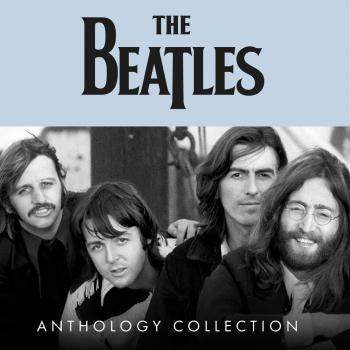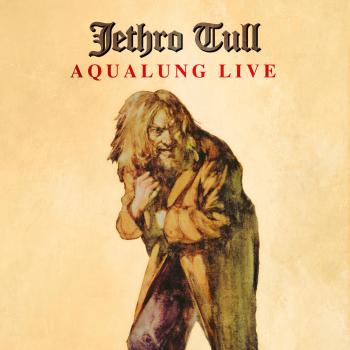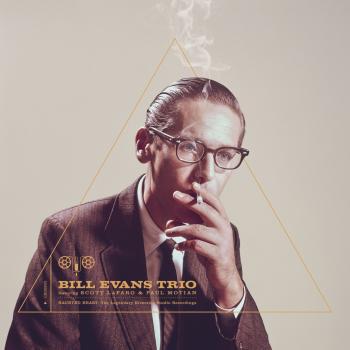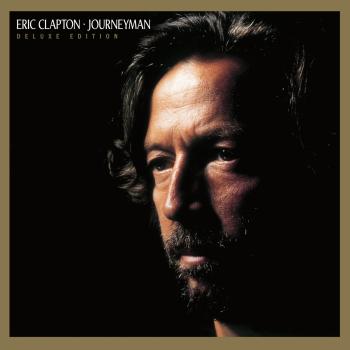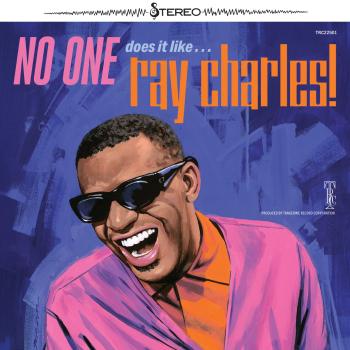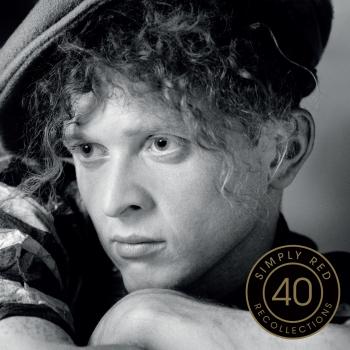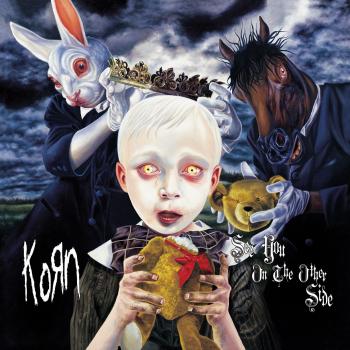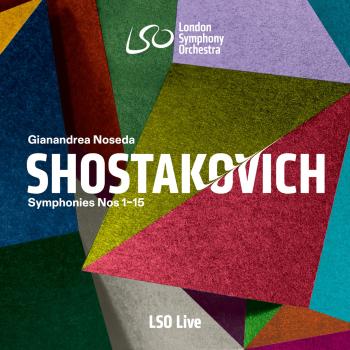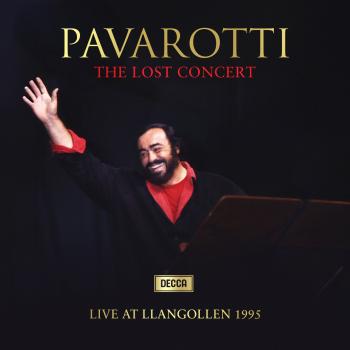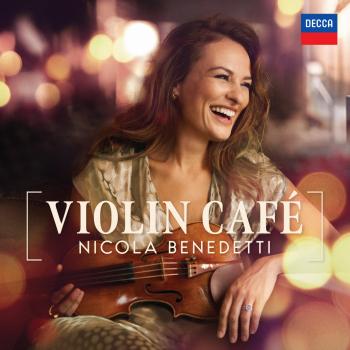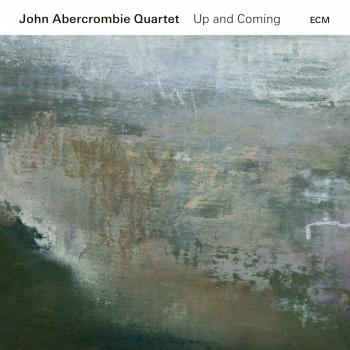
Within a Song John Abercrombie Quartet
Album info
Album-Release:
2012
HRA-Release:
03.05.2012
Album including Album cover Booklet (PDF)
I`m sorry!
Dear HIGHRESAUDIO Visitor,
due to territorial constraints and also different releases dates in each country you currently can`t purchase this album. We are updating our release dates twice a week. So, please feel free to check from time-to-time, if the album is available for your country.
We suggest, that you bookmark the album and use our Short List function.
Thank you for your understanding and patience.
Yours sincerely, HIGHRESAUDIO
- 1 Where Are You 05:53
- 2 Easy Reader 06:37
- 3 Within a Song / Without a Song 07:55
- 4 Flamenco Sketches 06:33
- 5 Nick of Time 05:57
- 6 Blues Connotation 06:11
- 7 Wise One 09:12
- 8 Interplay 06:26
- 9 Sometime Ago 06:24
Info for Within a Song
Within A Song zelebriert den Entdeckergeist des Jazz der 60er Jahre. John Abercrombie zollt hier mit seinem Quartett jenen Musikern Tribut, die ihn früh beeinflusst haben, namentlich Miles Davis John Coltrane, Bill Evans, Ornette Coleman, Sonny Rollins und Jim Hall. 'Das war Musik, die wirklich zu mir sprach. Als ich sie hörte, war es, als hätte ich ein neues Zuhause gefunden.' Die speziell für diese Produktion im September 2011 in den New Yorker Avatar Studios zusammengestellte Gruppe featured in Tenorist Joe Lovano einen optimalen Partner für Abercrombie. Zusammen fördern sie aus diesen Klassikern des modernen Jazz tiefe Gefühle zutage.
Auf “Within The Song” zollt Gitarrist John Abercrombie den Künstlern und Aufnahmen Tribut, die ihn als jungen Musiker maßgeblich geformt haben. Dafür reist er musikalisch in die 1960er Jahre zurück und gibt als Referenzen insbesondere wichtige Einspielungen von Miles Davis, John Coltrane, Bill Evans, Ornette Coleman, Sonny Rollins und Jim Hall an. Auf seiner Zeitreise wird Abercrombie von Tenorsaxophonist Joe Lovano, Kontrabassist Drew Gress und Schlagzeuger Joey Baron begleitet.
“Manfred Eicher und ich haben schon seit geraumer Zeit darüber gesprochen, ein Album zu machen, das eine Hommage an einen bestimmten Jazzkünstler oder -komponisten sein könnte”, erzählt der Gitarrist. “Aber letztendlich zog ich es vor, die Ära in Augenschein zu nehmen, in der sich mein eigener Musikgeschmack herausbildete. Die Platten, die ich damals hörte, waren überwiegend Post-Bebop-Jazzalben, normalerweise von Künstlern, die die Formen - auf unterschiedliche Weise - erweiterten.” John Abercrombie und Joe Lovano gehen mit dem gleichen Einfühlungsvermögen vor wie die ursprünglichen Protagonisten, bringen aber natürlich auch ihre ganz eigene Kreativität ein. Beide spielen hier mehrfach absolut inspirierte Soli, wobei sie sich blind auf die brillante Unterstützung von Joey Baron und Drew Gress verlassen können.
Das Album beginnt mit “Where Are You?”, einem Stück des Rollins-Klassikers “The Bridge”,. Aus derselben Quelle stammt auch “Without A Song”, das Abercrombie mit dem von ihm geschriebenen Titelstück des Albums zusammenschmiedete. “Als ich Sonny Rollins und Jim Hall auf ‘The Bridge’ hörte, war es für mich wie eine Erleuchtung”, erinnert sich Abercrombie. “Sie verdrehten mir einfach den Kopf. Als ich sie ‘Without A Song’ spielen hörte, dachte ich: ‘Das ist das Beste, was ich je gehört habe!’ Deshalb habe ich für dieses neue Album Songs geschrieben, die auf dieser Nummer basieren.”
Weitere Stationen auf der Zeitreise in die 1960er Jahre sind Bill Evans’ “Interplay”, Ornette Colemans “Blues Connotation”, Miles Davis “Flamenco Sketches”, John Coltranes “Wise One” und “Sometime Ago”, eine Nummer des argentinischen Komponisten Sergio Mahanovich, die Abercrombie durch eine Einspielung des Art Farmer-Jim Hall Quartet kennenlernte. “Das ist die Musik, die mich damals ansprach”, meint Abercrombie. “Als ich sie hörte, hatte ich das Gefühl, eine neue Heimat zu finden.”
Aus eigener Feder steuert der Gitarrist außerdem noch die Stücke “Easy Reader” (das natürlich eine musikalische Verbeugung vor dem Sixties-Filmklassiker “Easy Rider” ist) und “Nick Of Time” bei, die sich hervorragend in dieses Repertoire fügen, das nur oberflächlich betrachtet nostalgisch anmutet. Denn schließlich geht es John Abercrombie darum, “eine Ära zu feiern, als Musiker die etablierten Formen dehnten”. Und nicht anderes tun Abercrombie, Lovano, Gress und Baron hier, nur aus einer eindeutig zeitgenössischen Perspektive heraus.
John Abercrombie, Gitarre
Joe Lovano, Tenor Saxophone
Drew Gress, Aktustik-Bass
Joey Baron, Schlagzeug
John Abercrombie
Over a career spanning more than 40 years and nearly 50 albums, John Abercrombie has established himself as one the masters of jazz guitar. Favoring unusual sounds (he played electronic mandolin on McCoy Tyner's 1993 album 4x4) and nontraditional ensembles (recent quartet recordings have included violinist Mark Feldman), Abercrombie is a restless experimenter, working firmly in the jazz tradition while pushing the boundaries of meter and harmony.'
Born on December 16, 1944 in Port Chester, New York, Abercrombie grew up in Greenwich, Connecticut, where he began playing the guitar at age 14. Like many teenagers at the time, he started out imitating Chuck Berry licks. But it was the bluesy music of Barney Kessel that attracted him to jazz. Abercrombie enrolled at Boston's Berklee College of Music and teamed up with other students to play local clubs and bars. One of those clubs, Paul's Mall, was connected to a larger club next door, the Jazz Workshop, where Abercrombie ducked in during his free time to watch John Coltrane and Thelonious Monk.
Abercrombie's appearances at Paul's Mall led to several fortuitous meetings. Organist Johnny Hammond Smith spotted the young Abercrombie and invited him to go on tour while he was still a student. During the same period, Ambercrombie also met the Brecker Brothers, who invited him to become a new part of their group Dreams, which would become one the prominent jazz-rock bands of the late 1960s and early 1970s. Abercrombie appears on the group's eponymous debut album.
After graduating from Berklee, Abercrombie headed to New York, where he quickly became one of New York's most in-demand session players. He recorded with Gil Evans, Gato Barbieri, and Barry Miles, to name a few. He was also a regular with Chico Hamilton?s group. '
But it was in Billy Cobham's band, which also featured the Brecker brothers, that Abercrombie first started to build a following. He was featured on several of Cobham's albums, including Crosswinds, Total Eclipse and Shabazz, all of which staked new ground in fusion jazz. The group was booked into large concert halls and arenas, appearing on bills with such top rock attractions as the Doobie Brothers. It was not, however, the direction Abercrombie had hoped his career would go. 'One night we appeared at the Spectrum in Phildelphia and I thought, what am I doing here?' he said. 'It just didn?t compute.'
In the early 1970s, Abercrombie ran into Manfred Eicher, who invited him to record for ECM. The result was Abercrombie's first solo album, Timeless, in which he was backed by Jan Hammer and Jack DeJohnette. Abercrombie's second album, Gateway, was released in November 1975 with DeJohnette and bassist Dave Holland; a second Gateway recording was released in June 1978.
He then moved on to a traditional quartet format, recording three albums on ECM--Arcade, Abercrombie Quartet, and M--with pianist Richie Beirach, bassist George Mraz and drummer Peter Donald. 'It was extremely important to have that group for many reasons,' Abercrombie told AAJ in 2004. 'It was, of course, a good band, but it was also my first opportunity to really be a leader and to write consistently for the same group of musicians.'
His second group, a trio with bassist Marc Johnson and drummer Peter Erskine, marked the first time he experimented with the guitar synthesizer. This gave him the opportunity to play what he called 'louder, more open music' with a propulsive beat, demonstrated in the group's three releases, Getting There (featuring Michael Brecker) in 1987, Current Events in 1988, and John Abercrombie, Marc Johnson & Peter Erskine in 1989.
From there, he moved to partnerships that he would shuffle and reshuffle for the next 20 years. He reunited with his Gateway bandmembers in 1995 for an album appropriately titled Homecoming, but not before forming yet a third ensemble that would make several recordings together. Abercrombie had long been enamored with the sound of jazz organ, so he teamed with organist Dan Wall and drummer Adam Nussbaum in While We Were Young and Speak of the Devil (both 1993) and, in 1997 Tactics. Another album, titled Open Land, added violinist Mark Feldman and saxophonist Joe Lovano to the mix.
His affiliation with Feldman, in a quartet that included Marc Johnson and drummer Joey Barron, ushered in a period of looser, freer, almost improvisatory playing. 'I like free playing that has some relationship to a melody; very much the way Ornette Coleman used to write all those wonderful songs and then they would play without chords on a lot of them,' he told AAJ. In fact, Abercrombie's work from this period has been compared to chamber music, with its delicacy of sound and telepathic communication between musicians.
Throughout the 1990s and into 2000 and beyond, Abercrombie has continued to pluck from the ranks of jazz royalty--and be plucked for guest appearances on other artists' recordings. One propitious relationship was with guitarist, pianist, and composer Ralph Towner, with whom Abercrombie has worked in a duet setting. (Abercrombie has also worked in guitar duos with John Scofield, for 1993's Solar and with Joe Beck in Coincidence, released in 2007). Abercrombie has also recorded with saxophonist Jan Garbarek and bassist Eddie Gomez.
Abercrombie keeps up a heavy touring schedule and continues to record with ECM, a relationship that has spanned more than 30 years. As he told one interviewer, 'I'd like people to perceive me as having a direct connection to the history of jazz guitar, while expanding some musical boundaries.' That, no doubt, will be his legacy.
Booklet for Within a Song

